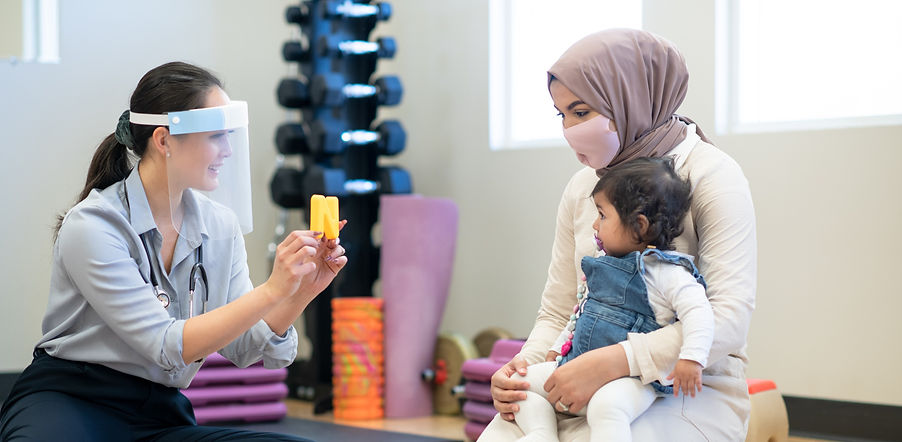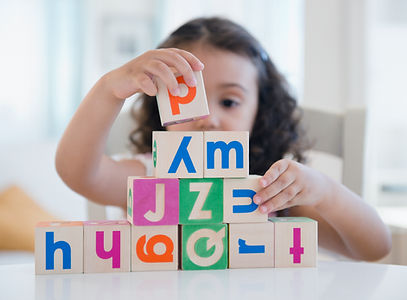
Speech Therapy
Speech therapy is the assessment and treatment of communication problems and speech disorders. It is performed by speech-language pathologists (SLPs), which are often referred to as speech therapists. Speech therapy techniques are used to improve communication.
During a speech therapy session, a licensed speech therapist will work one-on-one with your child to identify their communication difficulties and develop a personalised treatment plan. The speech therapist may use a variety of techniques, such as through games, exercises, and activities, to help your child practise and improve on their communication skills. The goal of speech therapy is to help your child communicate more effectively, which will have a positive impact on their academic and social success. It can also boost their self-confidence and improve their overall quality of life.
It is important to note that speech therapy is a collaborative process, and as a parent, you play an important role in your child's success. The speech therapist will provide you with guidance and strategies for supporting your child's communication development at home, and it is important to follow through with any recommended activities or exercises outside of therapy sessions, for maximum efficacy.
About Speech Therapists
Speech therapists are healthcare professionals who specialise in the evaluation, diagnosis, and treatment of communication and swallowing disorders. They often work collaboratively with other healthcare professionals, such as physicians, occupational therapists, and psychologists, to provide comprehensive care to individuals with communication and swallowing disorders. Their ultimate goal is to help their clients communicate effectively and comfortably, and to improve their quality of life.

Speech therapists work on a variety of areas related to communication, including:
1 / Articulation
Working on producing clear speech by correcting speech error patterns (e.g., helping a child to say /r/ instead of /w/ - “rabbit” instead of “wabbit”).
2 / Language
Helping children understand and use language, including vocabulary, grammar, and sentence structure.
3 / Fluency
Working on stutters or other types of disfluencies to create smooth and fluent speech.
4 / Pragmatics
Teaching social communication skills, such as taking turns in conversation, interpreting nonverbal cues, and understanding humour.
5 / Fluency
Working on stutters or other types of disfluencies to create smooth and fluent speech.
6 / Feeding & Swallowing
Assisting children who have difficulties eating, drinking, or swallowing, such as those with feeding disorders, oral motor difficulties, or dysphagia.